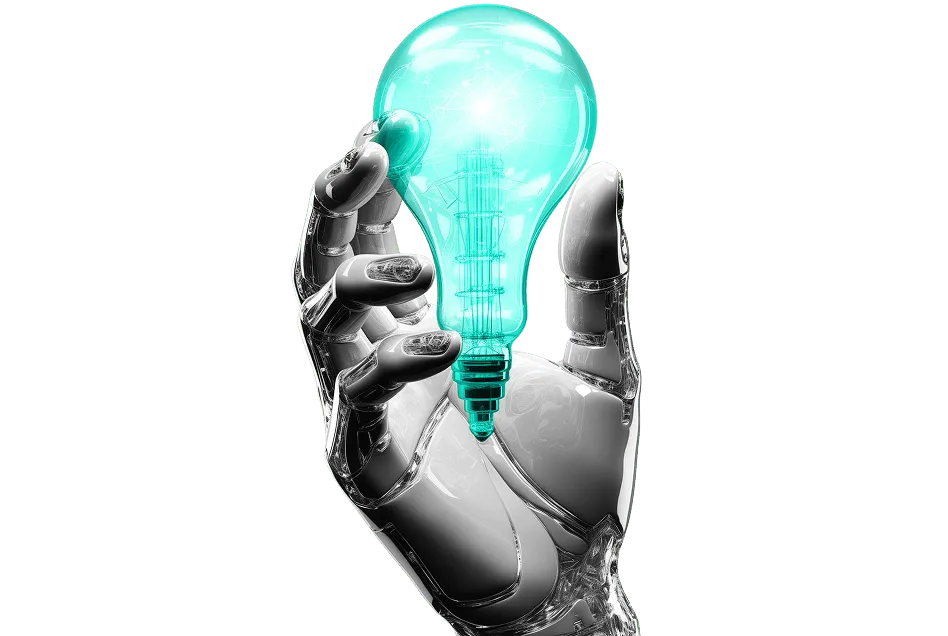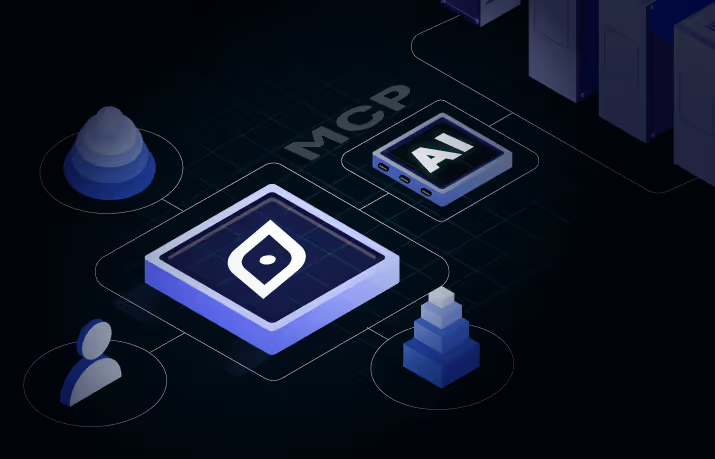AI Talent Management: What to Expect?
While some experts predict that AI may cause job displacement, others believe it can enhance AI talent management. Regardless, the long-term impact of AI on the job market concerns HR, and we need to find smarter ways to best utilize this technology through effective AI talent management strategies.
The Future of Life Institute issued a call for a six-month pause on large AI experiments. The organization argued that AI research has advanced at an unprecedented pace, but ethical and safety concerns have not kept up. With the emergence of Generative AI, there is a growing need to revisit the soft skills library—a key element of AI talent management.
Conscientiousness is becoming the most crucial skill in the age of Responsible AI frameworks. This skill ensures that AI systems are developed and deployed with care, considering potential ethical implications. While AI may miss certain aspects of cognition and specificity, this limitation doesn’t mean AI is entirely negative. By combining human cognitive abilities with the analytical power of AI, AI talent management can foster a true and effective partnership between humans and machines.
AI Talent Management and Its Impact on the Job Market
Before exploring the emerging trends of AI talent management, let’s briefly analyze its current and future global impact on the job market.
AI and Automation
Recent reports suggest that up to 800 million jobs globally could be lost to automation by 2030. However, jobs that require human creativity, critical thinking, emotional intelligence, and social skills are less likely to be automated, including teaching, healthcare, law, and creative industries. AI talent management helps organizations anticipate these shifts and plan accordingly.
AI and Augmentation
AI’s impact on jobs will be twofold: automating some while creating others. AI talent management enhances human productivity by assisting talent with tools such as chatbots, digital assistants, and predictive analytics, improving speed and accuracy. It can also help employees learn new skills, increasing their value in the job market.
AI and Reskilling
New skills such as creativity, emotional intelligence, critical thinking, and problem-solving are turning essential as they cannot be easily automated. AI talent management enables employers and employees to identify the skills needed to power technological transformations and optimize processes. Employers must invest in training and development programs supported by AI talent management tools to help employees acquire these skills.
AI and Job Creation
AI is not just a threat to jobs but also a potential source of new job opportunities. Demand for employees with skills in designing, developing, implementing, and maintaining AI systems will grow, requiring knowledge of data analysis, machine learning, and programming. Additionally, AI talent management helps organizations plan for roles in emerging industries that require skills in natural language processing, computer vision, and robotics.
Trends:
It is not enough for companies to simply adopt AI – it must also be done responsibly and ethically. This has led to a growing emphasis on soft skills, such as critical thinking, communication, and empathy, as essential components of successful AI talent management. All of this is driving the emergence of key trends in AI talent management, such as:
Rapid Migration to Skills Architecture
This is a shift towards an organizational structure focused on skills rather than traditional job titles and hierarchies, an essential element of AI talent management. For example, the use of contract workers is becoming more common in industries requiring specialized skills. With the right AI frameworks, companies can bring in skilled specialists to address specific needs and projects, supporting agile AI talent management strategies.
Maturity in dealing with SaaS applications
As organizations adopt more SaaS tools, integrating these workflows becomes a challenge. With targeted AI, this can be streamlined. Effective AI talent management involves developing systems that analyze and integrate data from diverse sources, turning them into cohesive workflows, giving businesses a competitive edge.
Cross Collaboration across Job families
Generative AI enables a more integrated approach across job families, breaking down silos. AI talent management plays a key role in leveraging this cross-functional collaboration to build a cohesive technology ecosystem that enhances communication and productivity across departments.
AI Enablement roles
As organizations continue to incorporate artificial intelligence (AI) into their operations, it is becoming increasingly important to create new roles that are focused on managing and leveraging AI technology. These roles are essential for building a true AI organization, one that can effectively harness the power of AI to drive innovation and growth. Some of the roles are:
- AI Ethics Officer
- AI Lawyer
- AI Bias Analyst
- AI Fairness and Inclusion Specialist
- Public Policy Analysts
- Innovation Researcher
- Innovation Designer
Disruption
As an AI language model, ChatGPT has the potential to disrupt various industries and job roles by accelerating technological advancements and creating hyper-specific automation.
While this does not necessarily mean job elimination, it does mean that certain roles may need to adapt to the new technologies, or new roles will be created to manage them.
Jobs with Skills Creation
Each sub-function of an organization will require new skills and jobs to accommodate technological advancements. In the design function, for example, sustainable design has become a significant pain point. As a result, new skills have emerged within the design function.
As our interfaces transition to AI-based systems, skillsets will need to evolve. The design process will require people with social and public research skills to effectively incorporate the needs of end-users.
What Can HR Do
As AI continues to advance, HR leaders are investigating its impact on the job market, including how it will affect their workforce and how they can best prepare for the changes ahead. Here are some ways that HR leaders can enhance their workforce and fine-tune it to AI:
Analyzing job roles
HR leaders have to analyze job roles within their organizations to determine which tasks are likely to be automated and which will remain unchanged. This analysis will help us understand the skills that will be in high demand in the future and which skills will become less relevant. With this data, it will become easier to plan your workforce for the long run.
Identifying skill gaps
Based on their analysis of job roles, HR leaders can then identify skill gaps within their workforce. Once the skill gaps have been identified, the next step would be creating training and development programs to help employees acquire the skills they need. This will essentially future-proof your workforce for the disruptions on the way.
Examining recruitment processes
HR leaders will need to examine their recruitment processes to ensure that they are equipped to identify candidates with the skills and qualities that will be in high demand. This may involve changing job descriptions, screening processes, and even interview questions.
Evaluating employee engagement
HR leaders will also need to investigate how automation may affect job satisfaction, motivation, and productivity and develop strategies to boost employee engagement. Higher employee engagement would translate to higher productivity and retention.
Building AI-focused strategies
Finally, HR leaders have to craft AI-based talent strategies to ensure that they are prepared for the future of work. This may involve investing in AI tools to enhance productivity and efficiency, partnering with AI vendors, and developing policies and procedures to ensure the use of ethical AI.
Draup’s data-driven talent intelligence platform provides organizations with real-time insights to help them make informed AI talent management decisions and improve their overall success. With Draup, businesses can access detailed talent profiles, including skills, experience, and job performance data. This information can be used to identify skill gaps, develop customized training programs, and make informed hiring decisions.










.svg)
















.svg)





.svg)





.svg)
